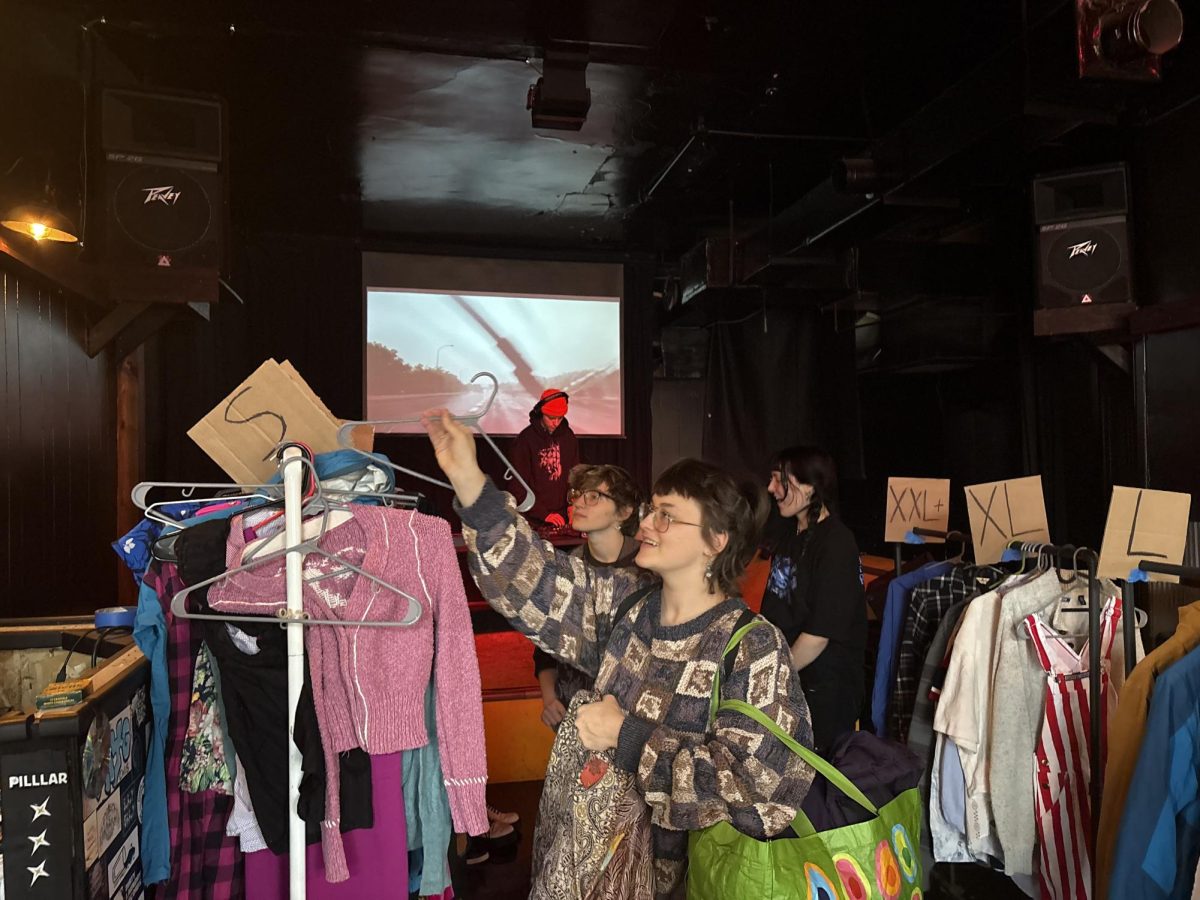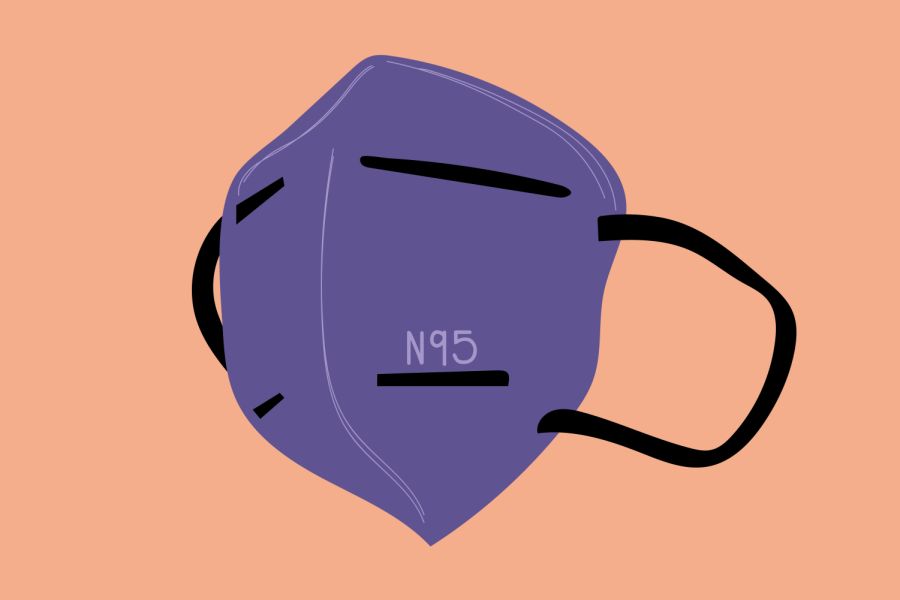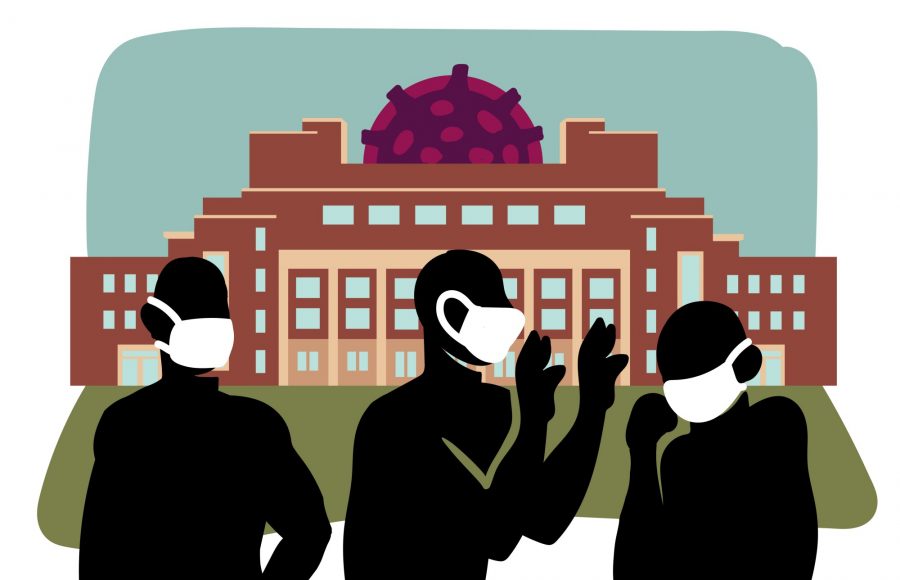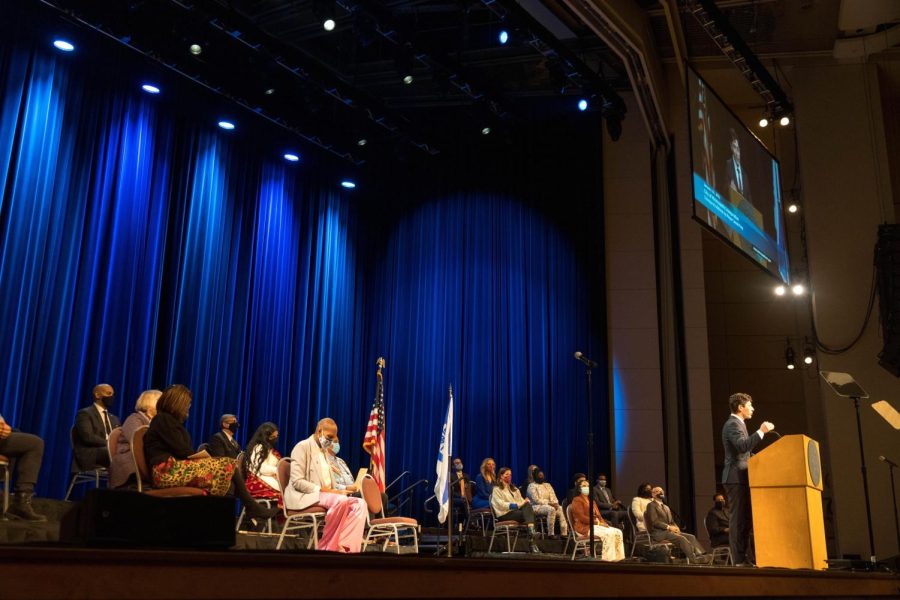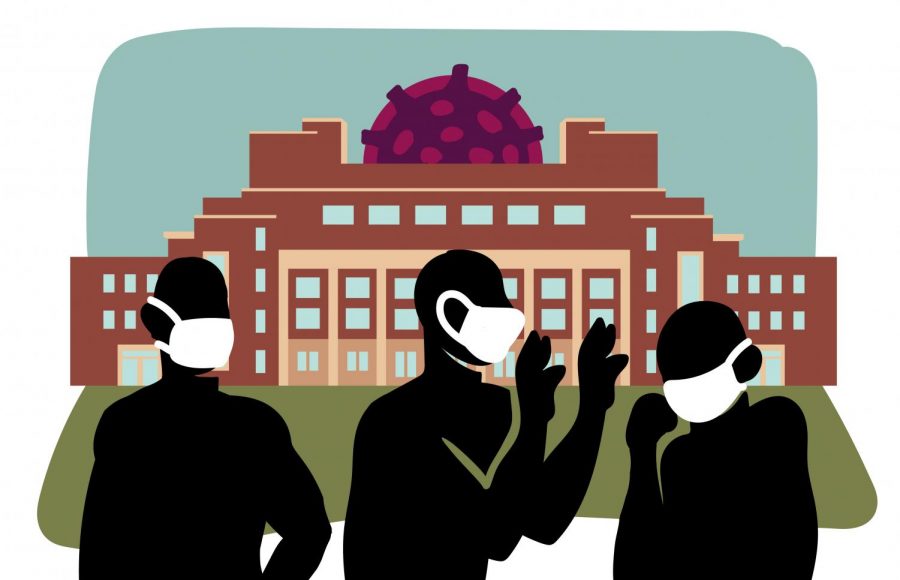As the year anniversary of quarantine approaches, University of Minnesota students and faculty reflect on what it’s been like to learn and teach virtually.
Student thoughts:
Drew Lehman, a fourth-year animal science major, said the hardest part of online learning is participating because of how different it is from in-person.
“I have problems getting up the motivation to watch the lectures,” Lehman said. “I get behind really easily.”
Lehman said she found it easier to do homework when classes were on campus, and she had time between classes and work to study.
Before COVID-19, Lehman took asynchronous online classes in addition to her in-person classes and enjoyed them; but taking classes entirely online hasn’t been the same.
“I’ve really learned to hate online learning,” she said.
Caitlin Farrell, a first-year biology major living in the dorms, said she also is struggling with online courses.
Her classes are solely online, including two three-hour science lectures where she finds it hard to focus past the first hour of class.
“It’s really overwhelming sometimes,” Farrell said.
Farrell said she thinks there is no separation between “in-class” assignments and homework, making it feel like much more work.
“It’s disappointing to be attending a big university and not getting the big university experience,” she said.
Alex Robinson, a first-year student, said at the start of quarantine he liked being able to roll out of bed and attend class; his second semester of online learning, however, has been dragging on, and he’s fighting burnout. Robinson said he hasn’t gotten to know any of his classmates or professors because of the disconnect of virtual classes.
“It’s starting to become way too monotonous and draining,” Robinson said.
Faculty thoughts:
Eunha Jeong Wood, a graduate instructor with the Gender and Sexuality Studies department, said teaching online has made it hard to establish relationships with students. She said because her classes are based on interactive activities and participation, online learning has made it difficult to build good discussion and engagement.
“The collective energy of being in a shared space together is missing,” Wood said.
Because of this, Wood said she is doing more lectures in her online classes than in-person classes, which would often have interactive activities, such as watching movies and having large-group discussions.
Wood said she has also tried to stay aware of assigning the same course load or even less to consider students “whole human beings” who are dealing with various issues outside of class. “There are a lot of mental health challenges right now,” Wood said.
Sam Poindexter, a teaching specialist with the Gender and Sexuality Studies department, is also adamant about considering students’ mental health during this time.
In 2020 after Amy Coney Barrett was sworn in to the Supreme Court, Poindexter gave students the option to attend class and postponed the normal lecture for a class discussion where students could talk about their feelings in a safe space.
“I remember that students are people too,” Poindexter said.
Like Wood, Poindexter said Zoom classes have made class discussion and engagement difficult because it’s hard to tell who is following along and who may be lost.
“It’s hard to gauge student engagement when you’re looking at a bunch of black screens,” Poindexter said.
Jessica Lee, an adjunct professor at the Hubbard School of Journalism, teaches news reporting and writing to Hubbard majors in addition to working full-time as a fact-checker for Snopes.
Lee said this time last year she was prepared to make the transition from in-person to online classes because of her job in the news industry. She said she finds it easier to incorporate multimedia elements and switch from one activity to another, such as a Google Form to a video to keep students actively engaged.
“We’ve shown over the last year that it’s doable, and in some ways, it can be good,” Lee said.
The University announced some positive news on March 12 for those who prefer in-person instruction: Plans for the fall 2021 semester include a long-awaited return to in-person classes and campus life.




